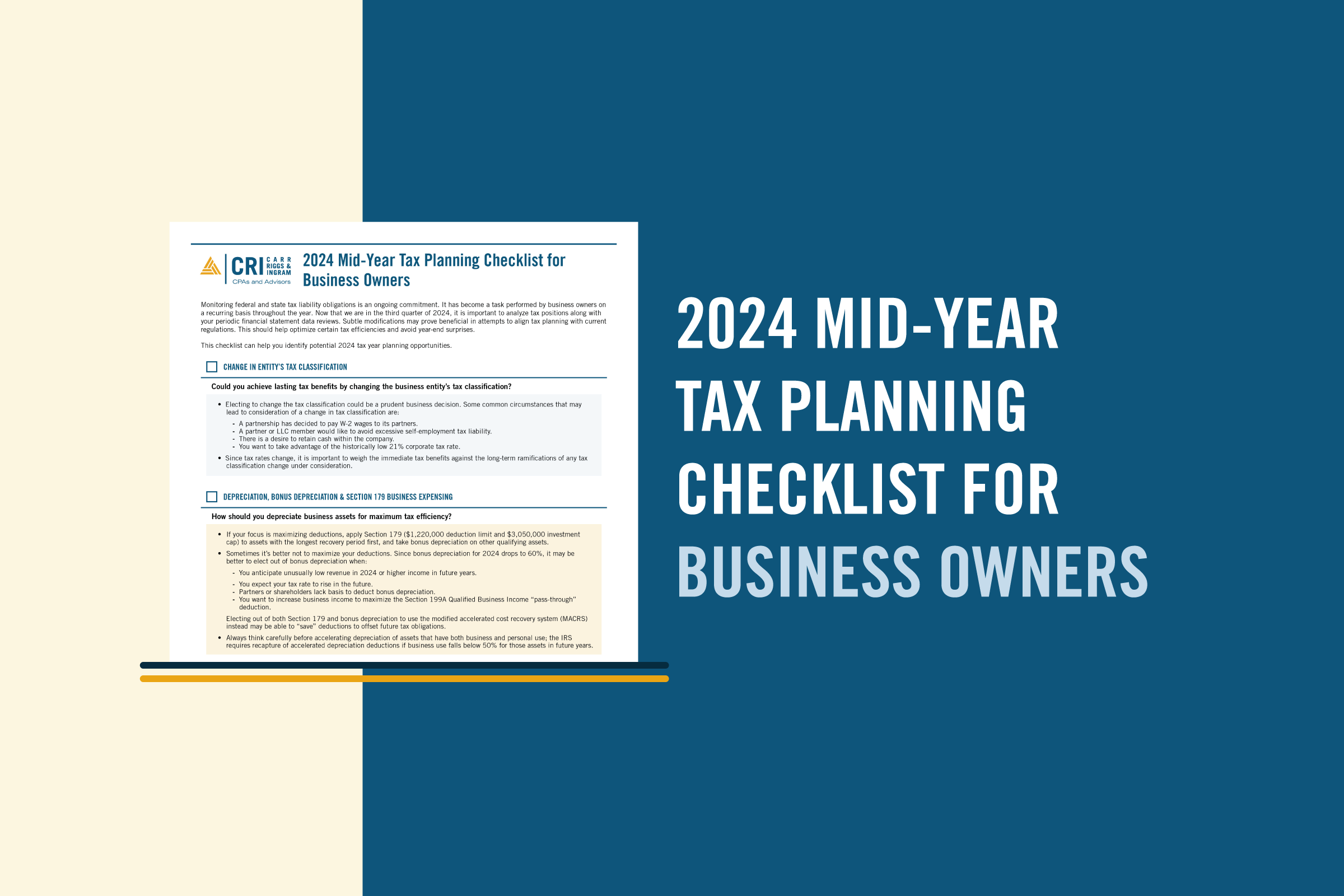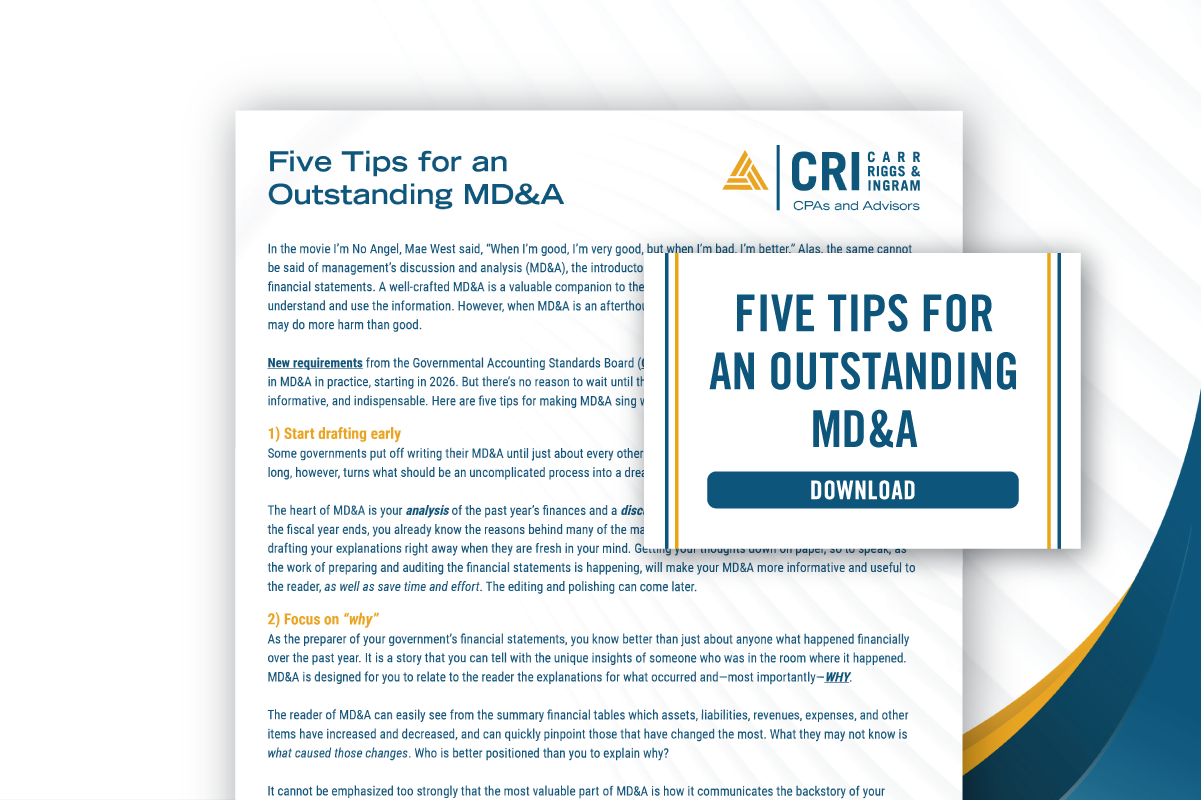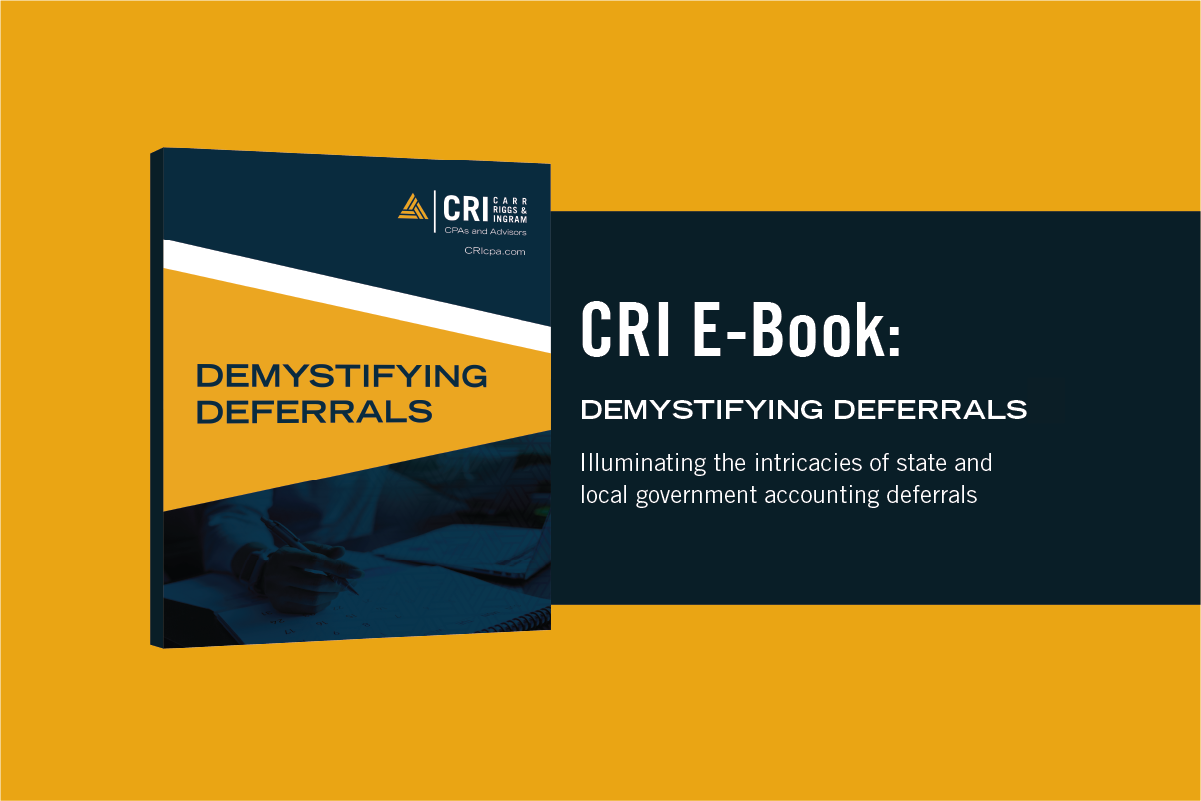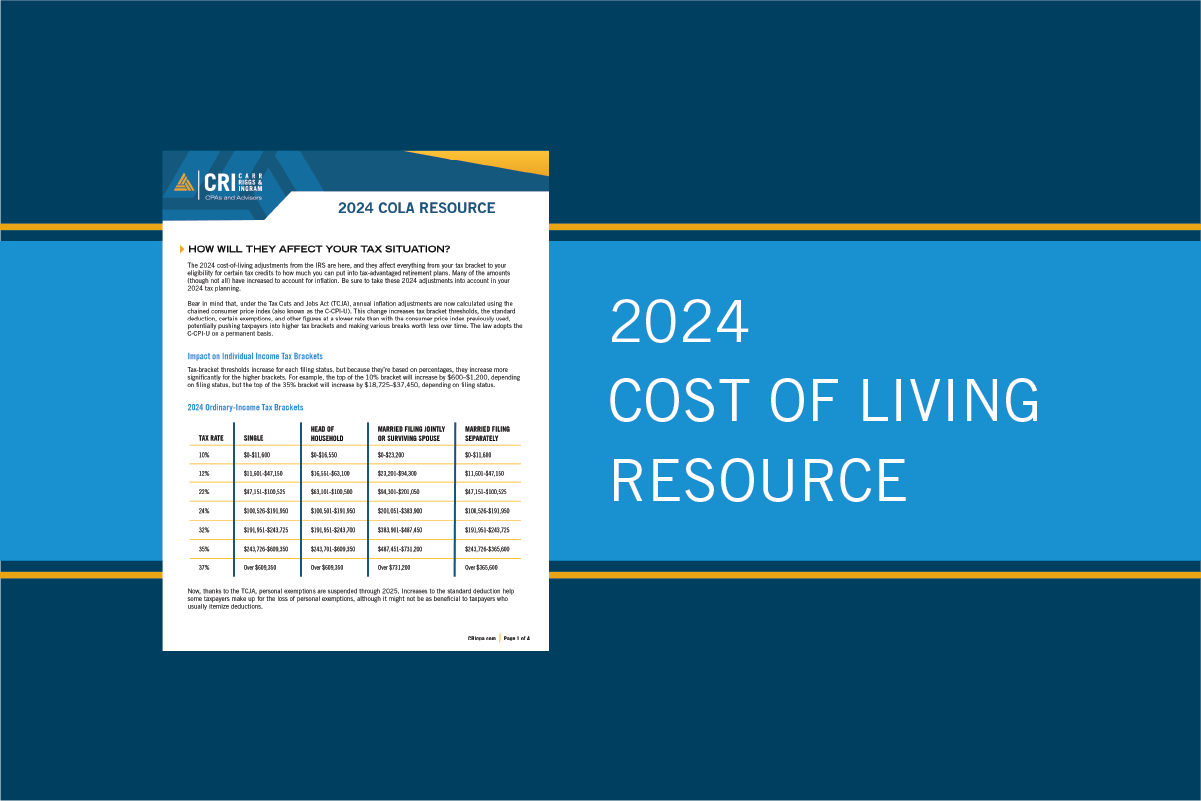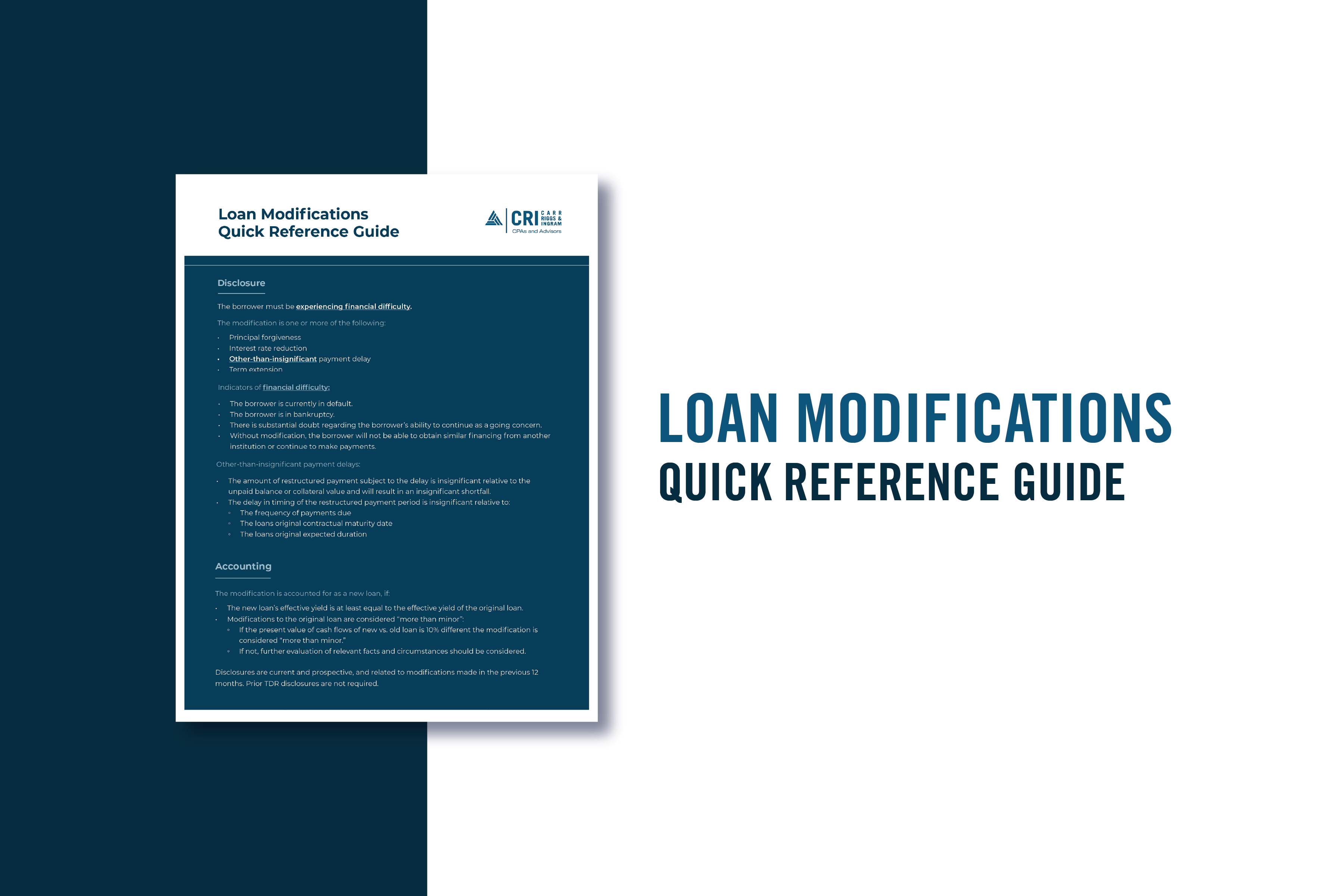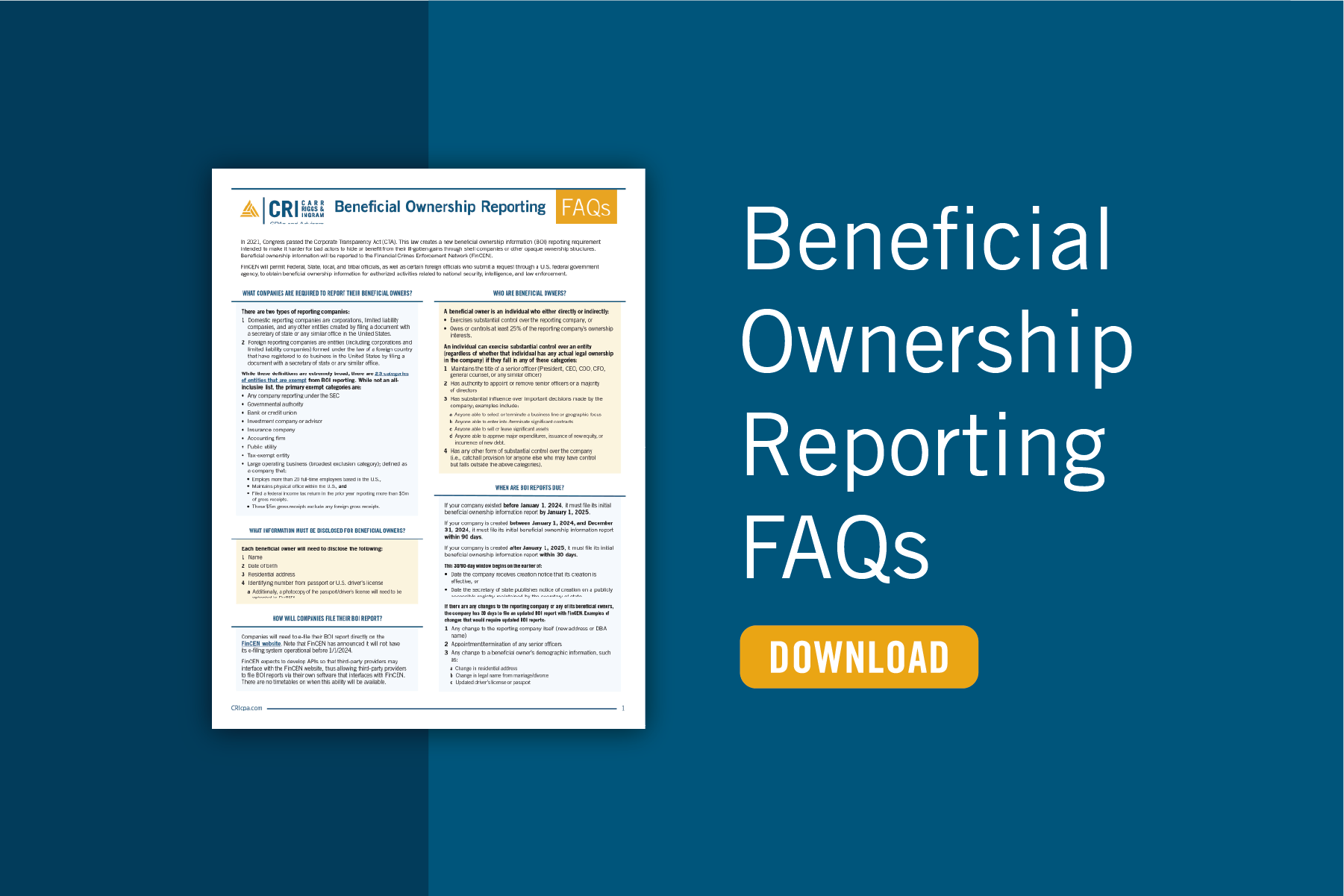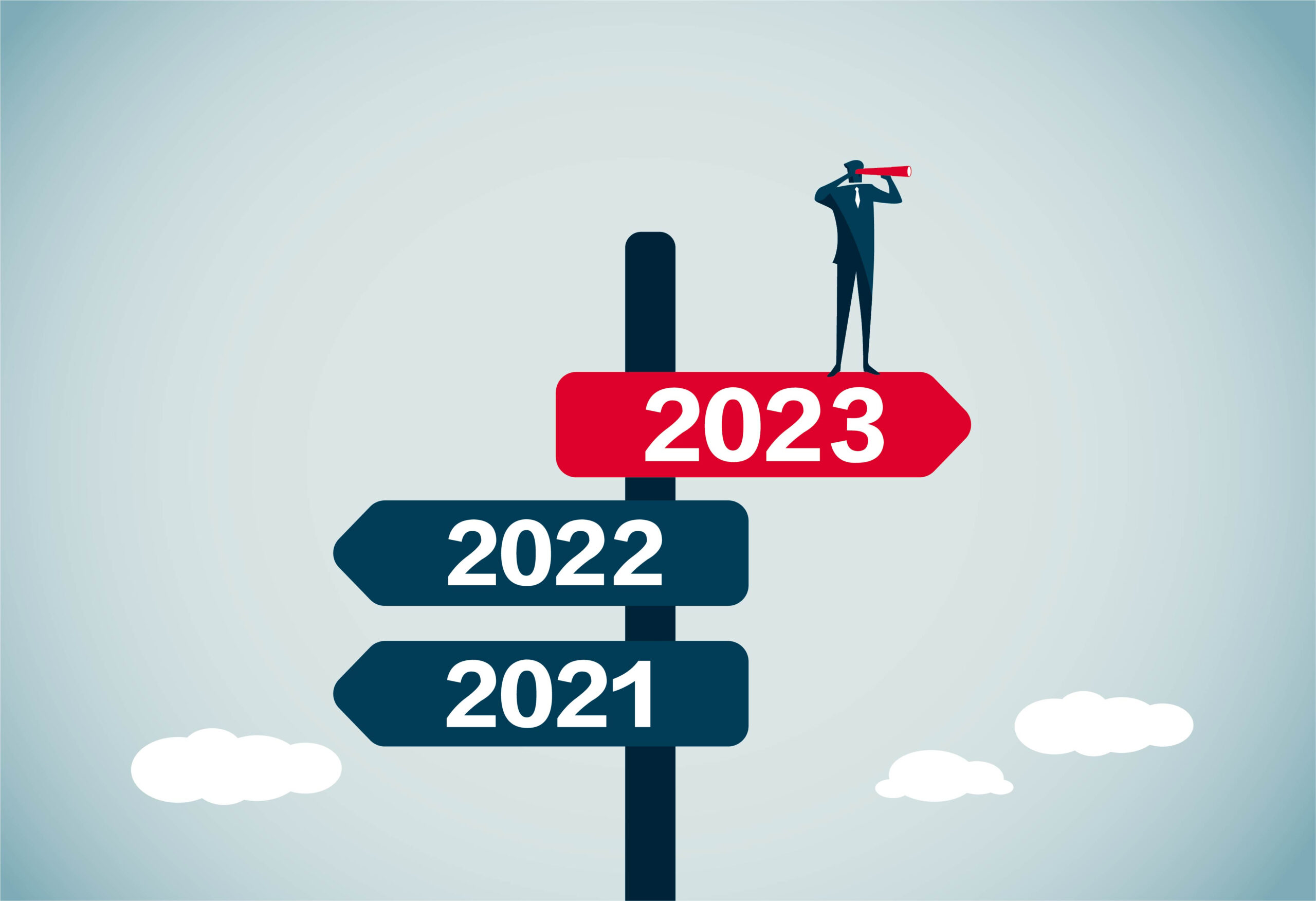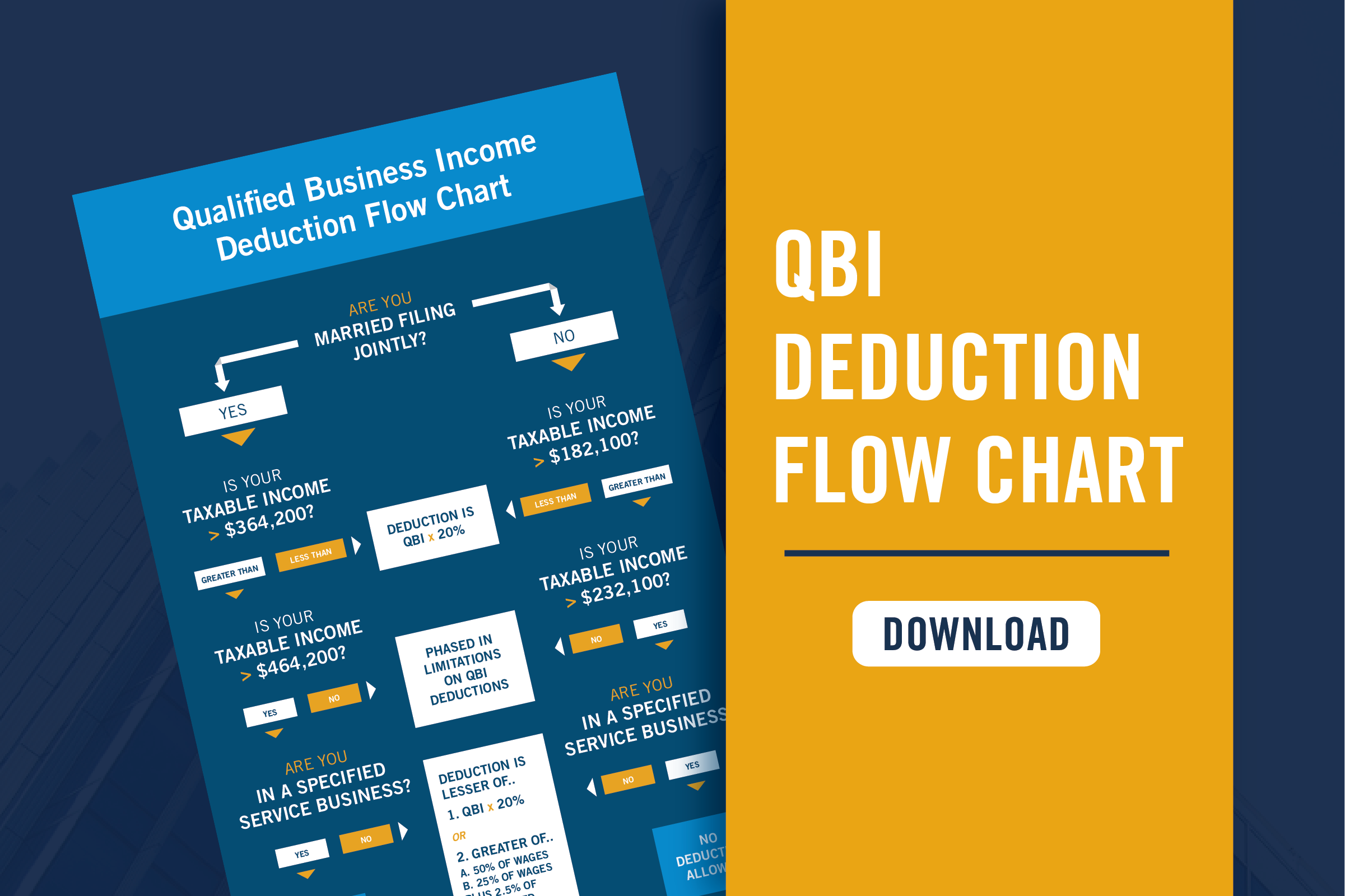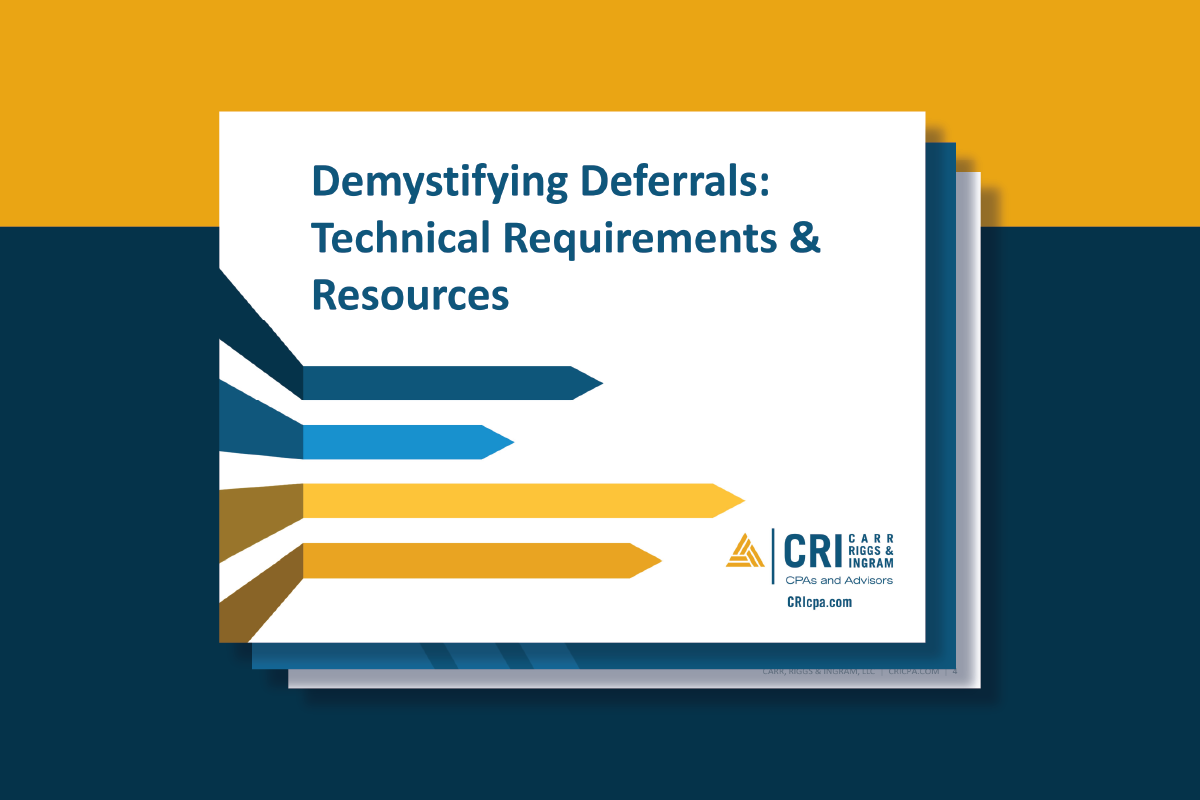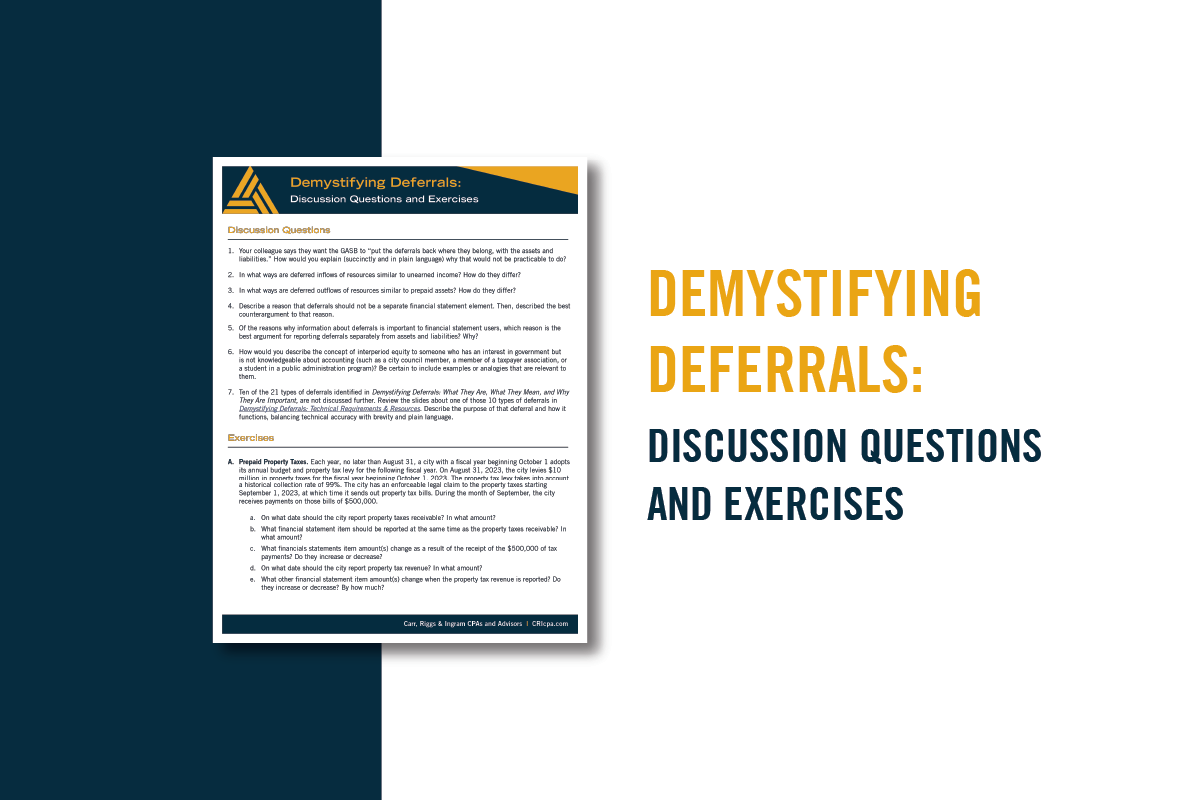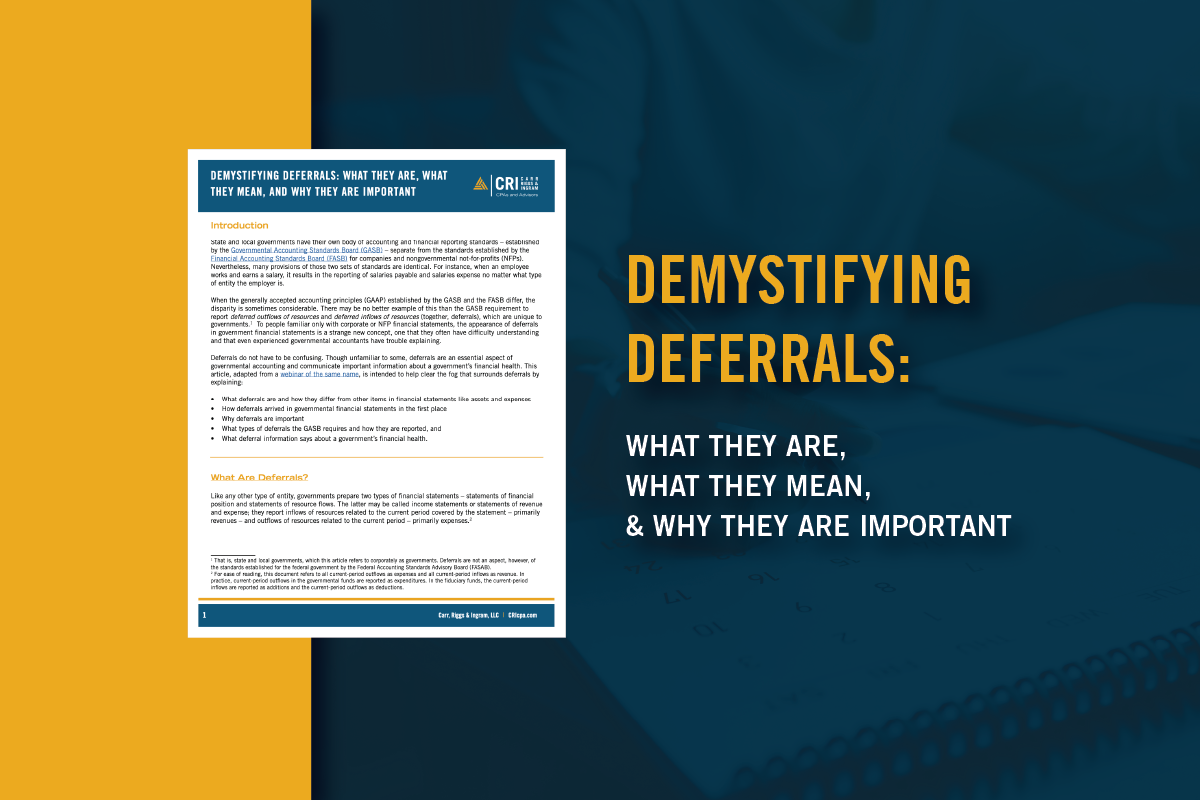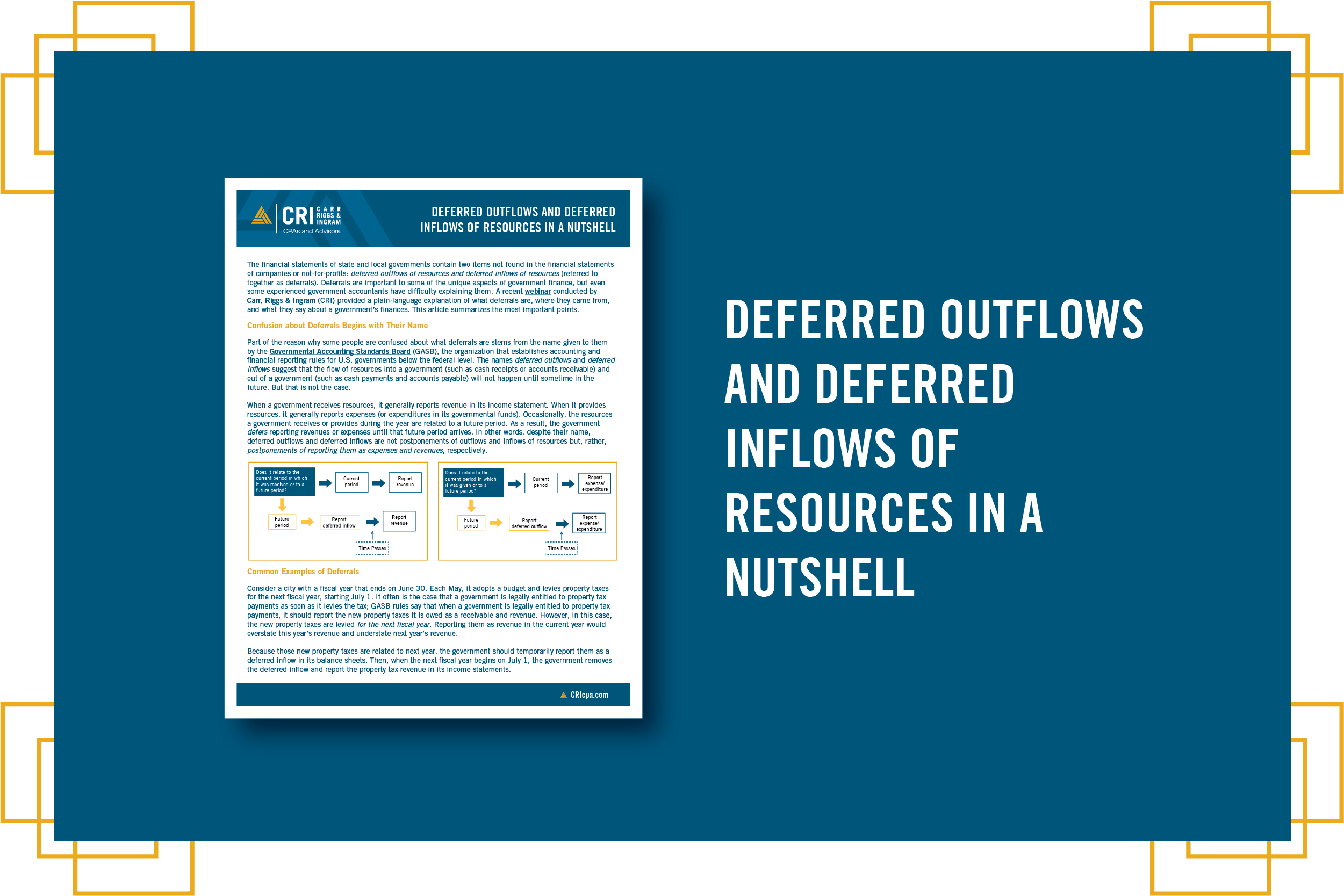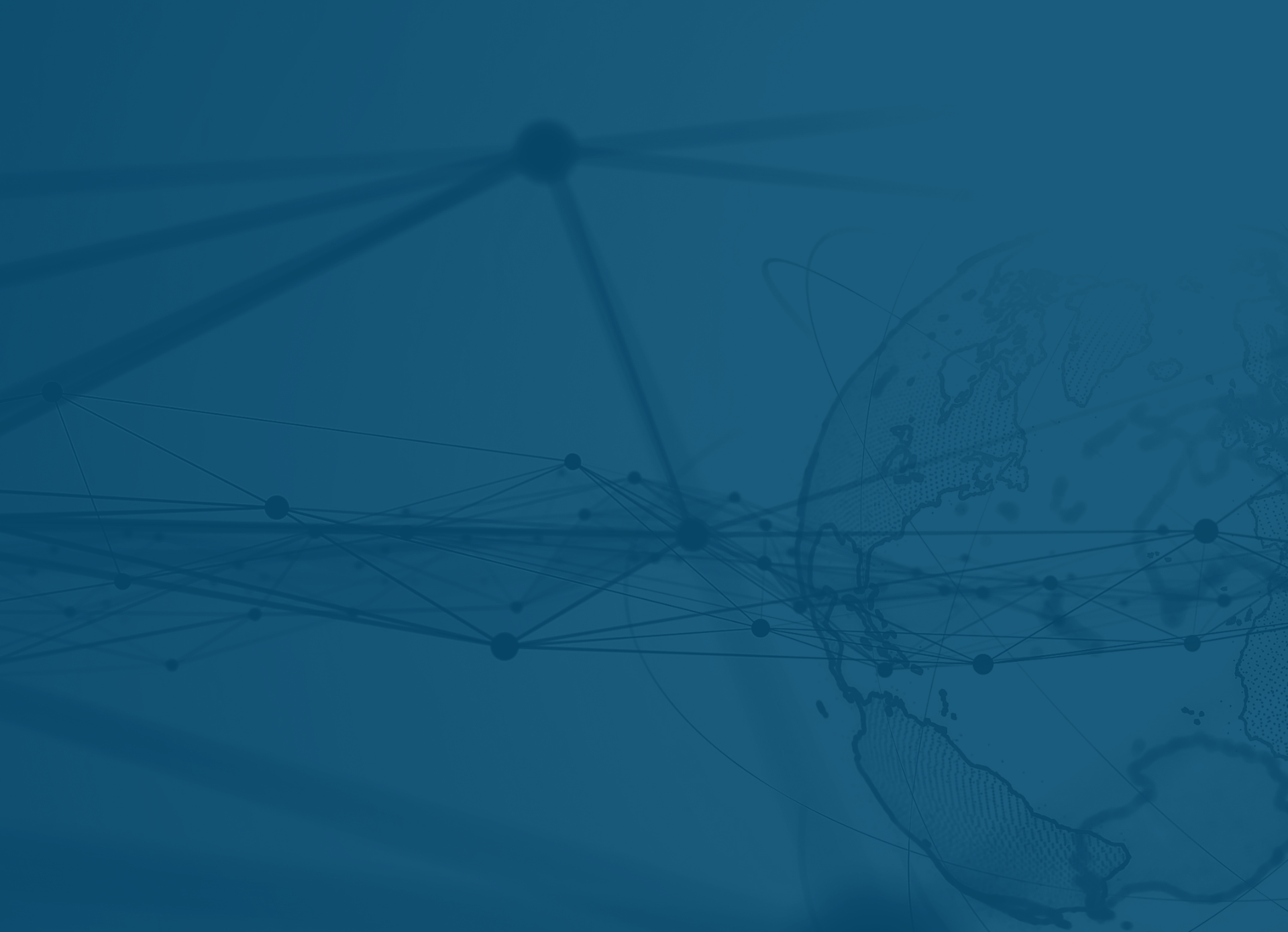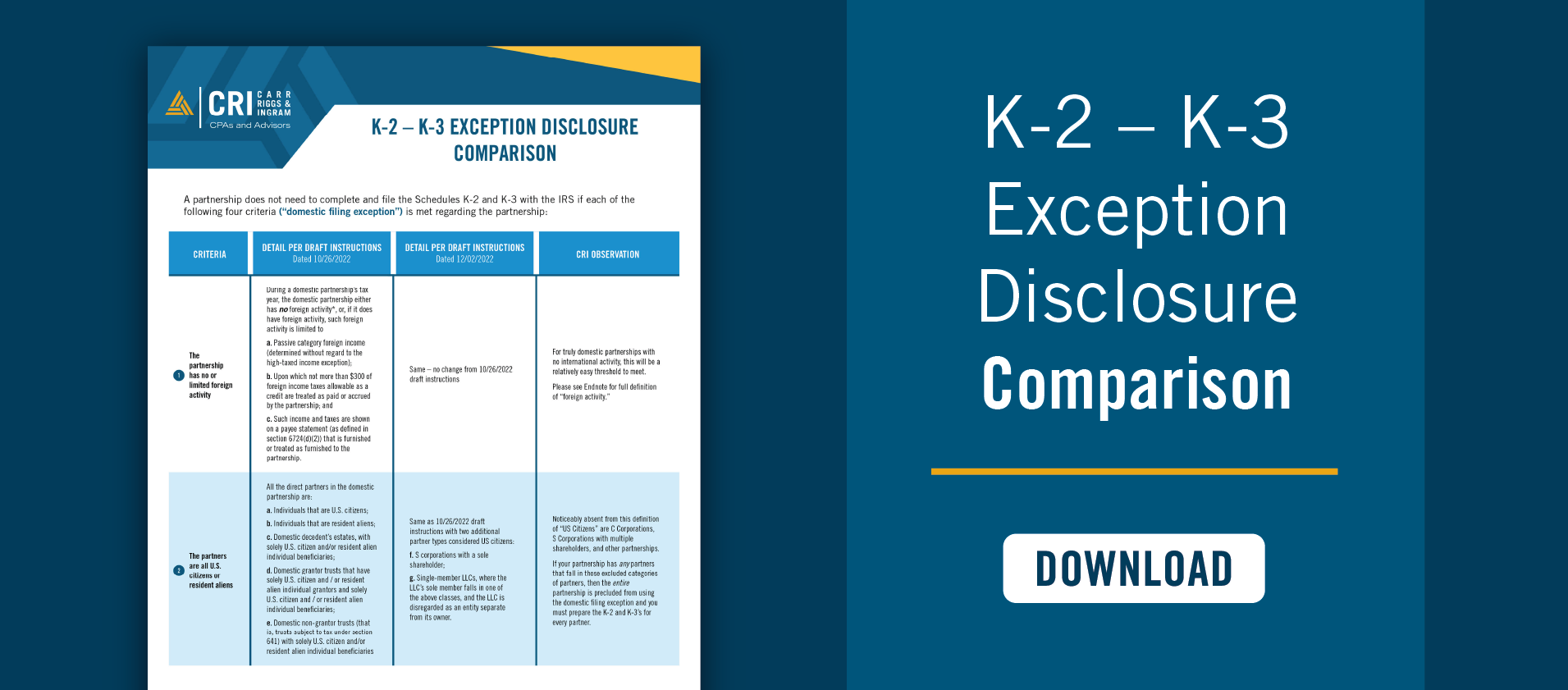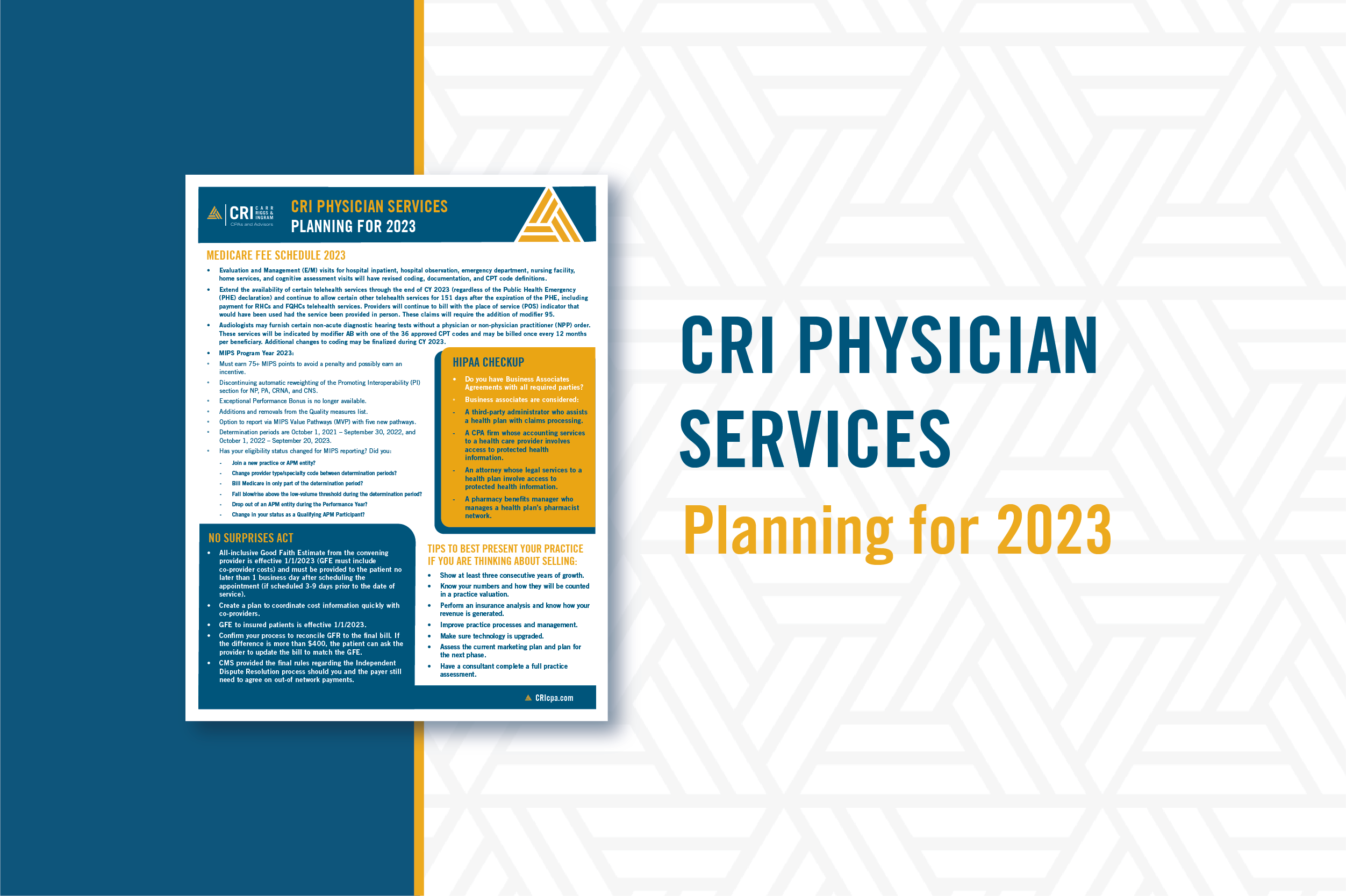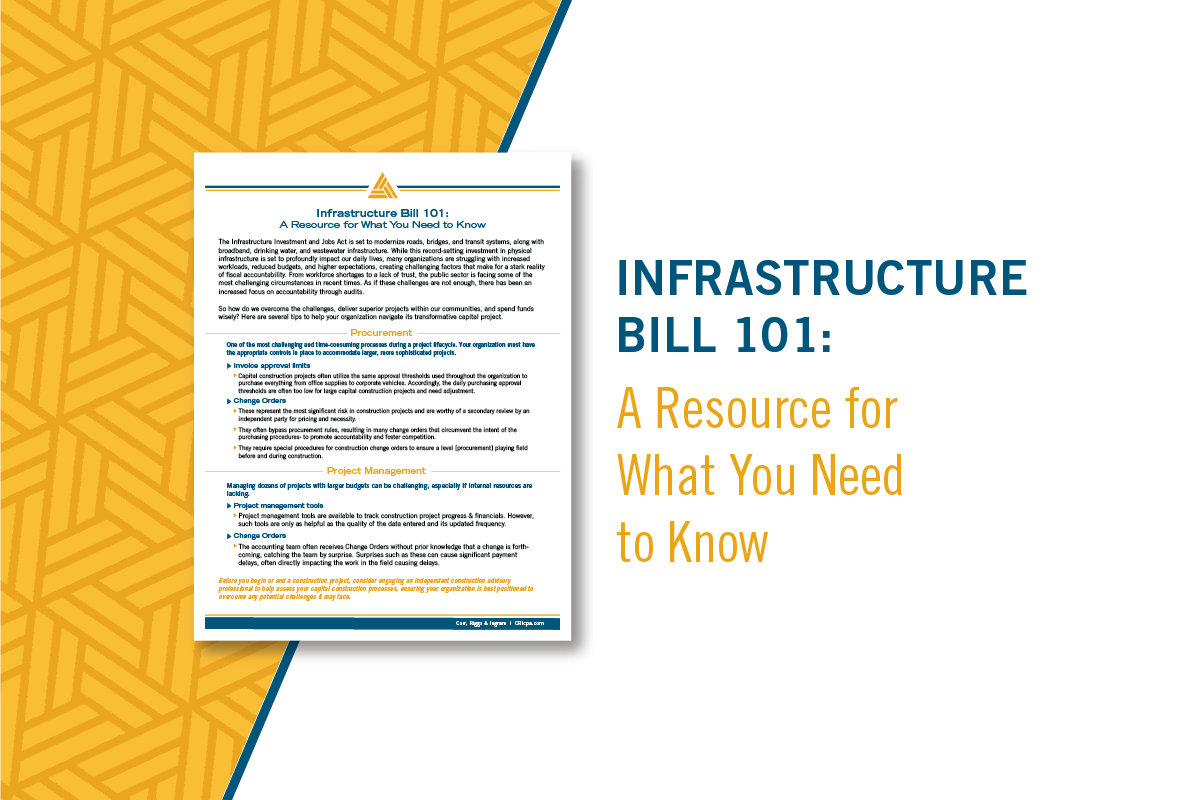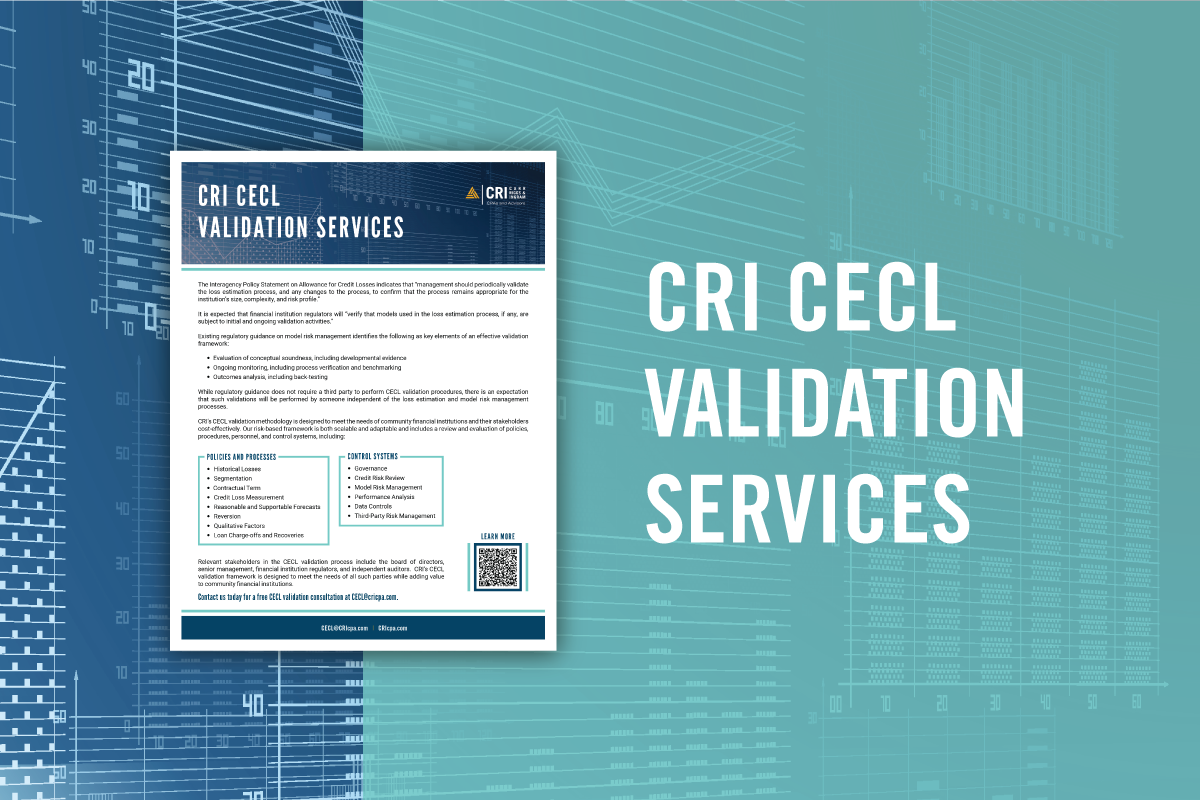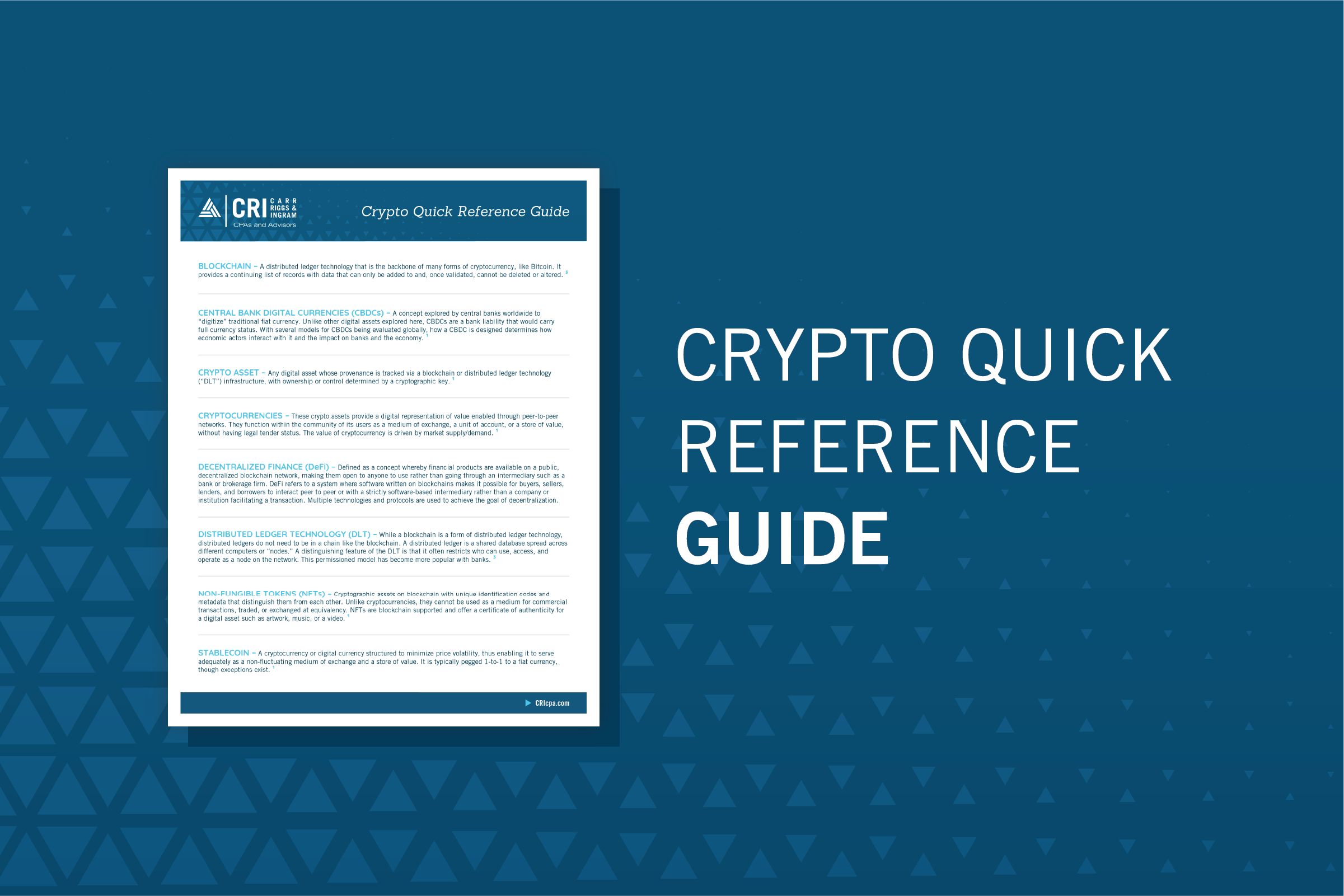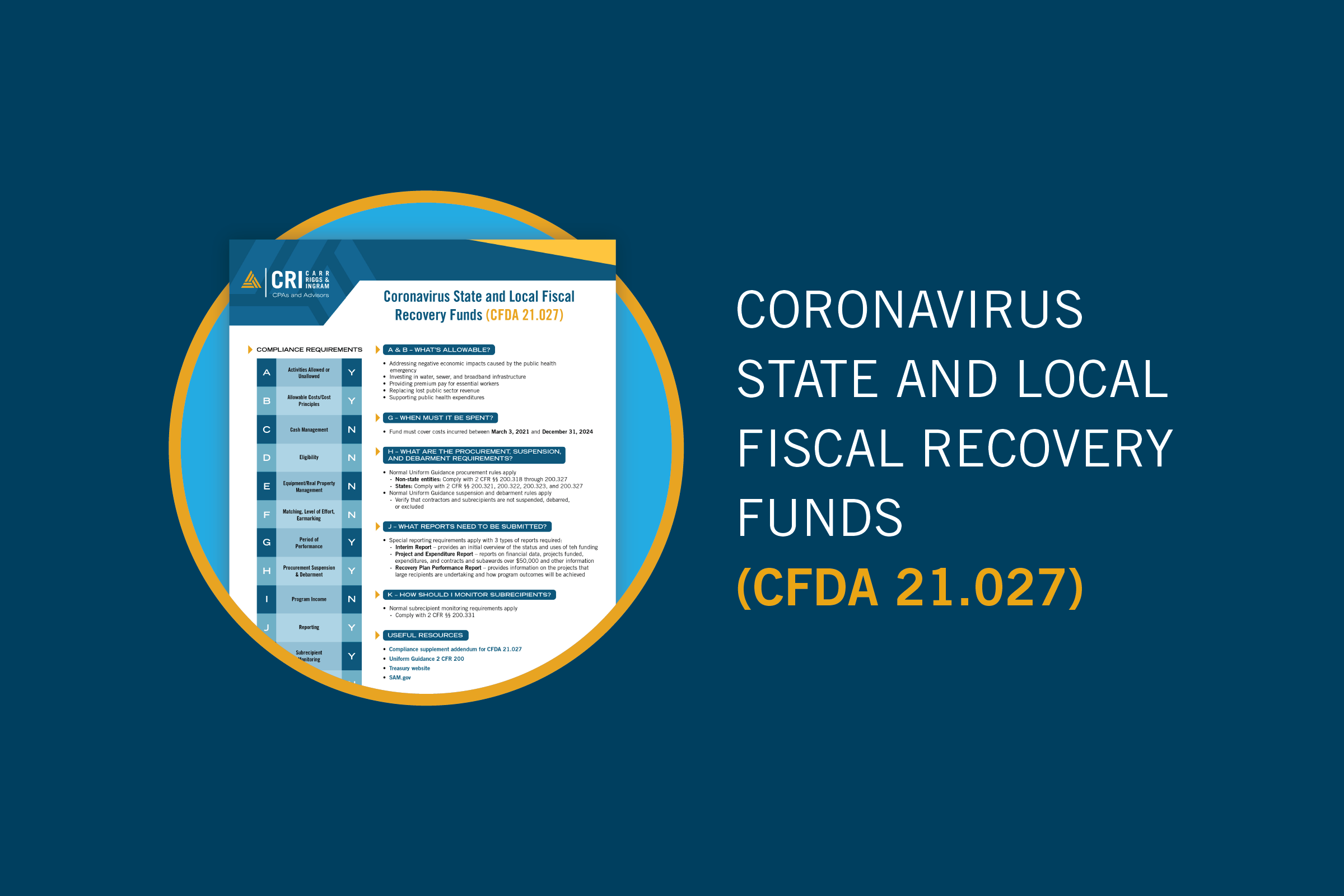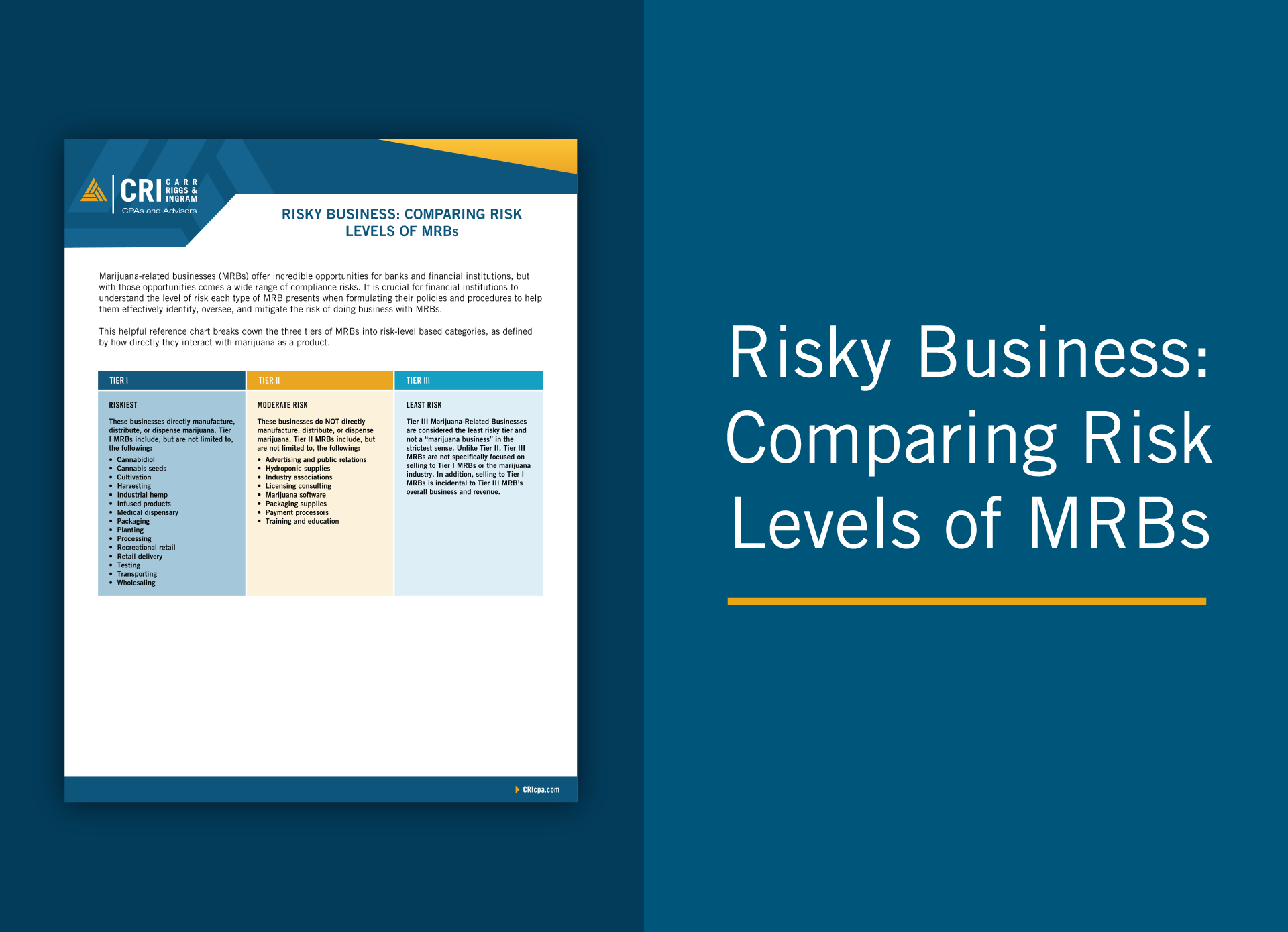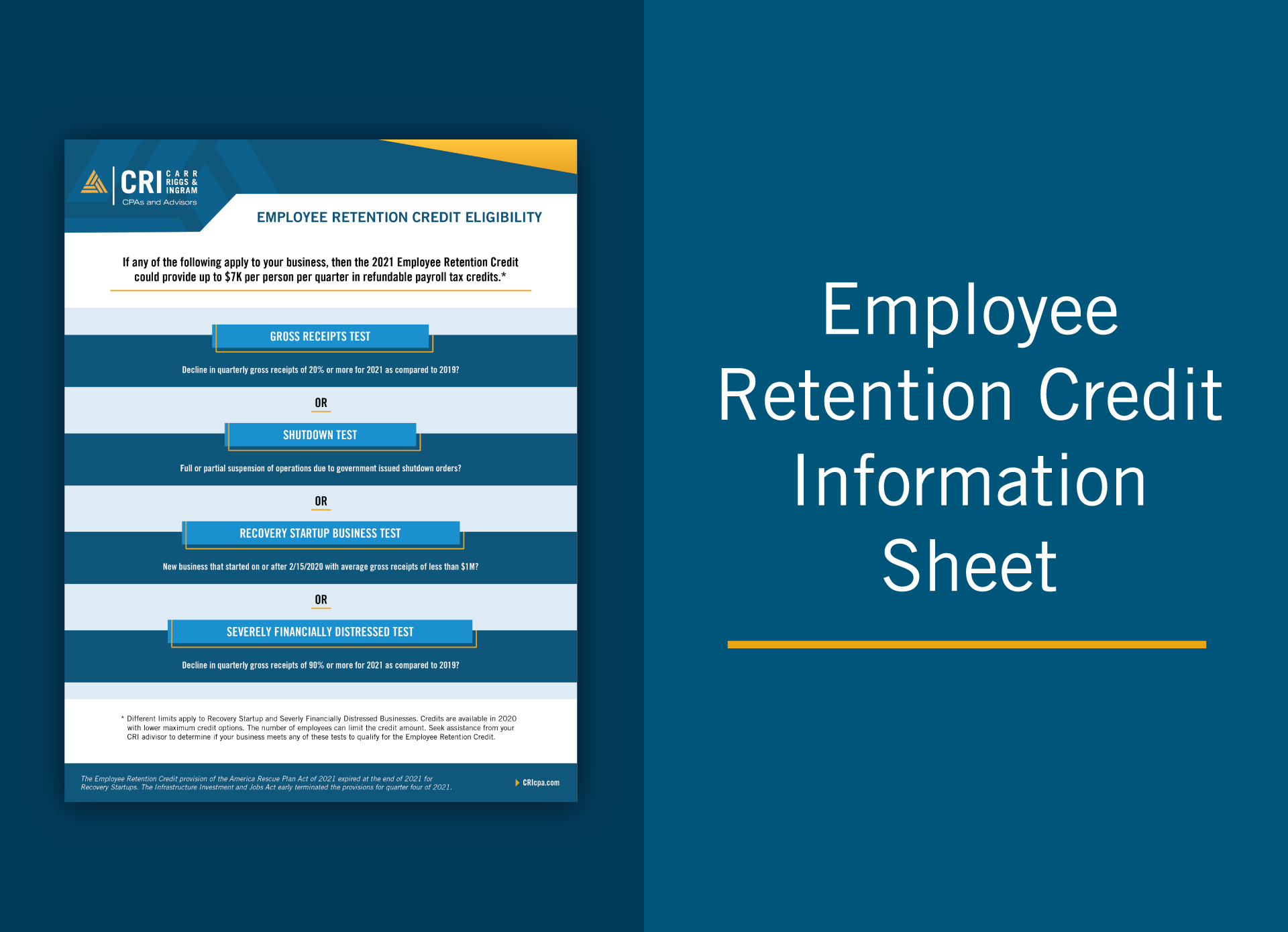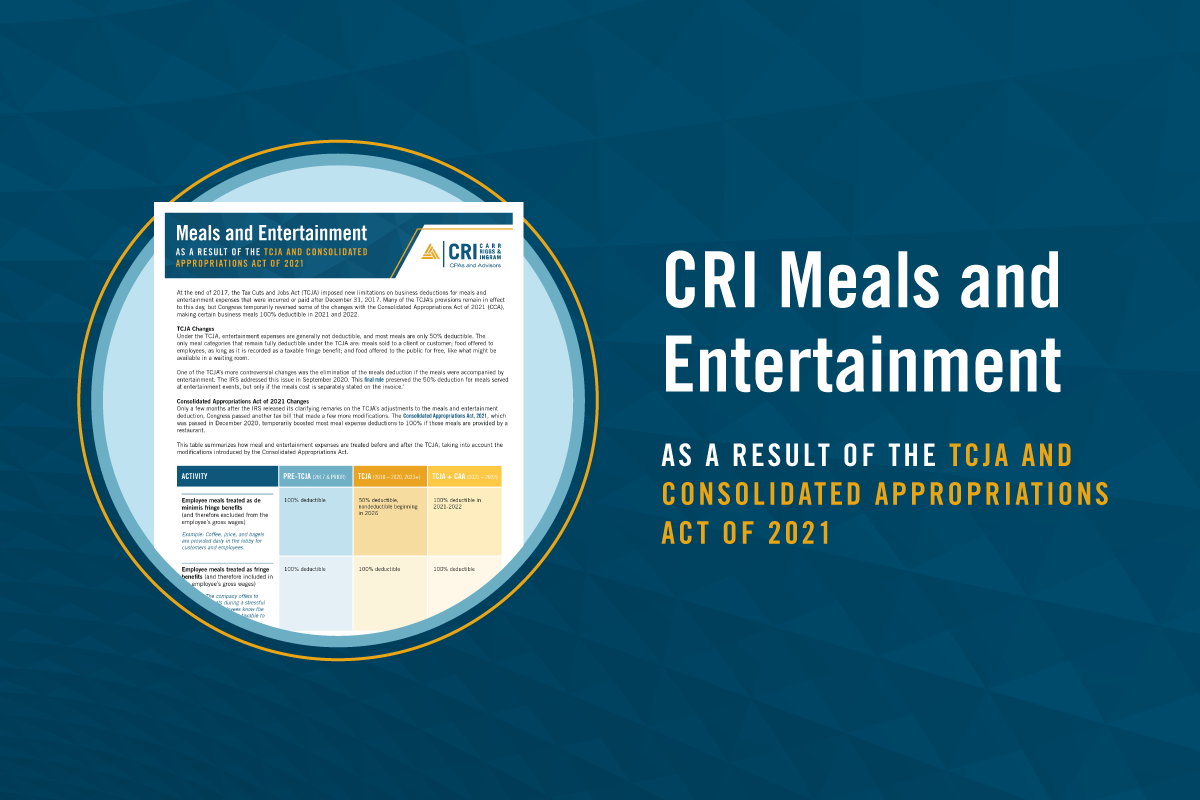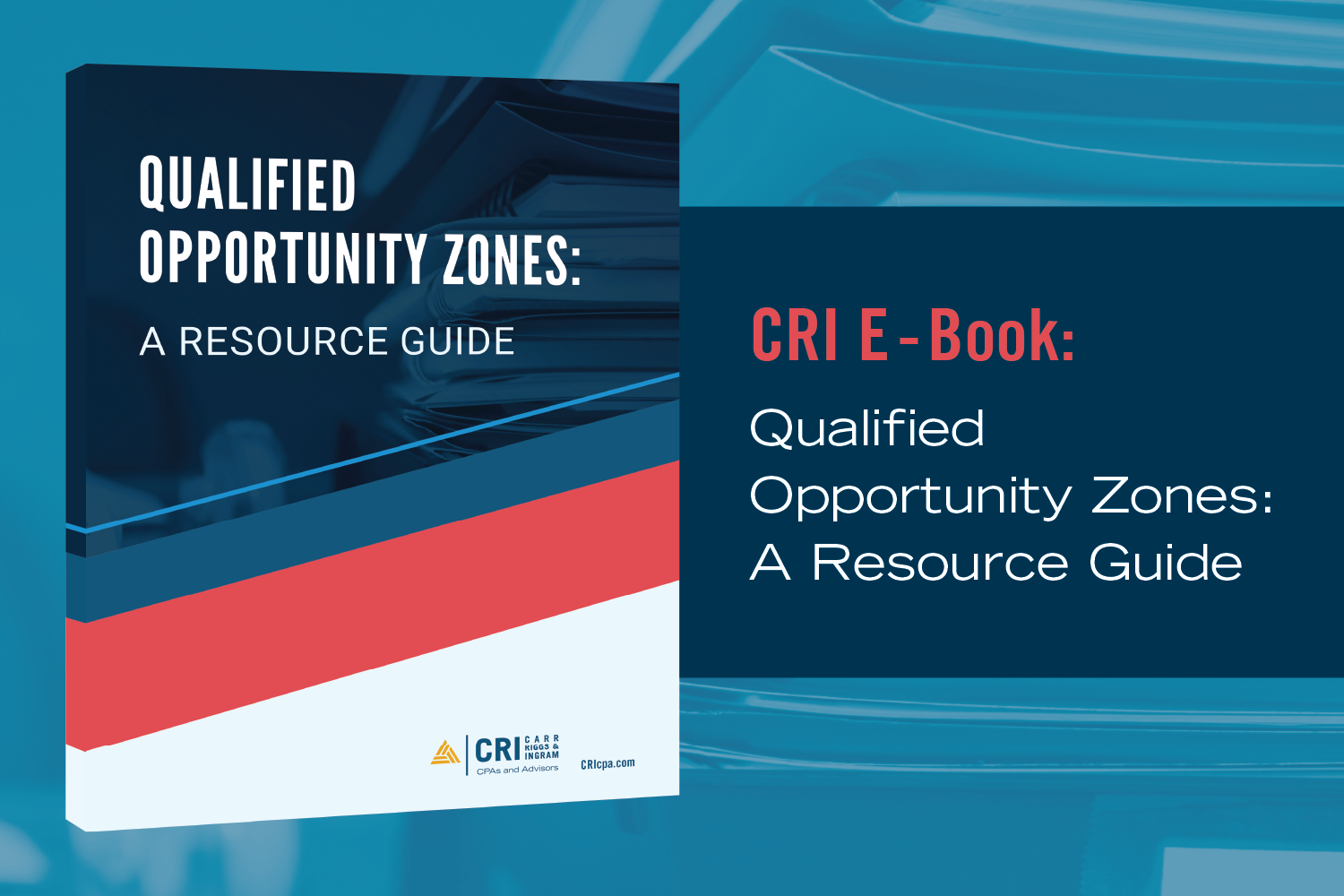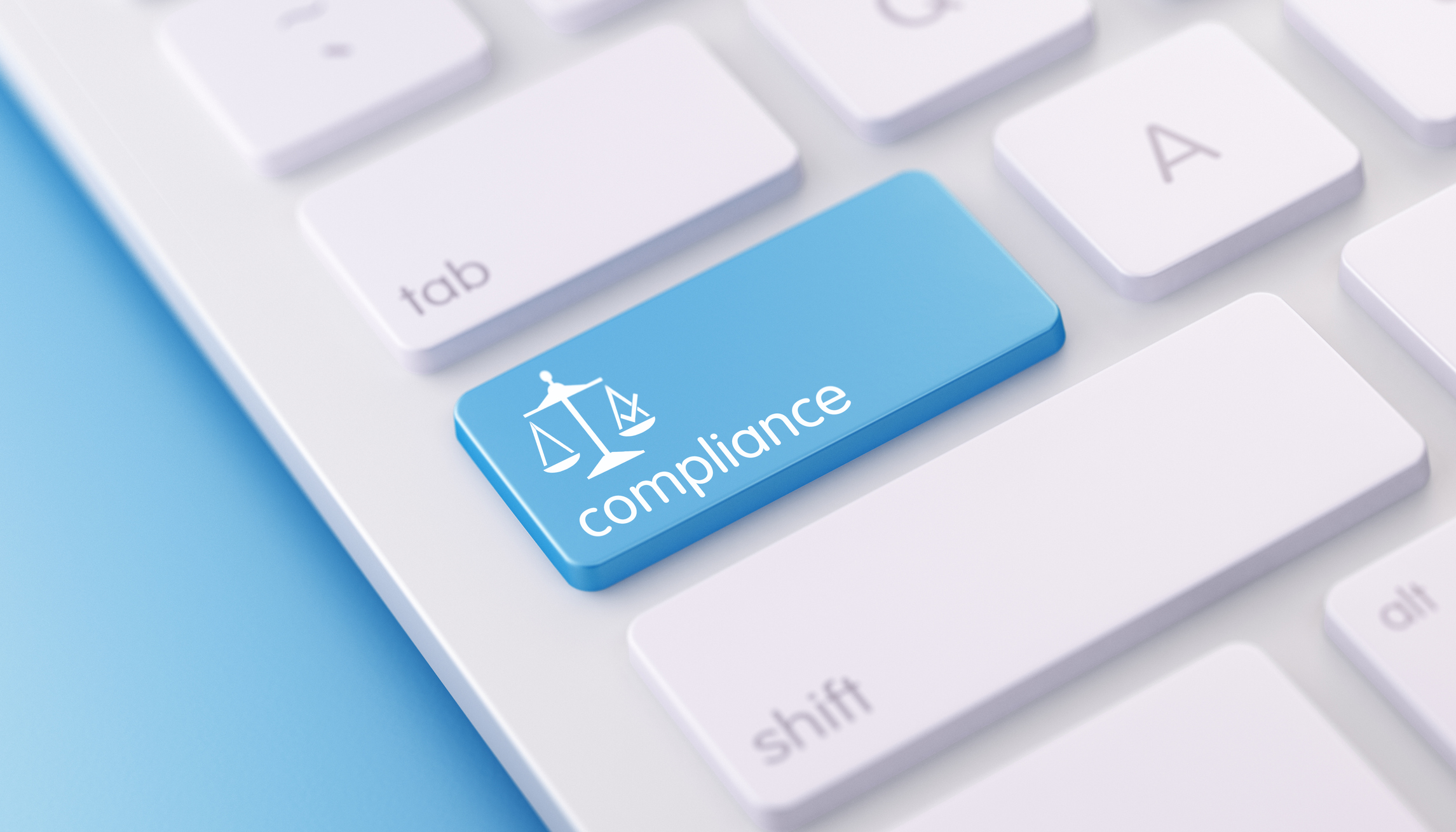Technology Innovations Impacting the Insurance Industry
Oct 18, 2020
Technological innovations and advances have exploded in the past few years, and engineers have created real-life “futuristic gadgets” — from handheld devices to self-driving automobiles and interactive refrigerators — that were once thought to only be possible in dreams or movies. These breakthroughs are crossing over into the insurance industry, a sector that is often overlooked when it comes to technology. While insurers aren’t covering flying cars just yet, there are some highly impactful technological innovations that will create advantages for insurance companies and make them feel like they’ve traveled into the future.
From Ideas to Reality
Some of the latest and greatest technologies impacting the insurance industry include:
- Biometric sensors. New wearable biometric sensors are expected to change the way health insurers assess and underwrite policies. These sensors provide real-time data on the health of the insured including heart rate and blood pressure. Some insurance companies are now offering incentives to those embracing wearable technology, such as gift cards and discounts on premiums when the policyholder meets a certain goal, e.g., walking 4,000 steps in a day.
- Using telematics (long-distance transmission of computerized data), insurers can obtain real-time data on their policyholders’ driving habits – for instance, whether drivers accelerate aggressively, make sudden stops, or drive increased speeds during certain times of the day. This data can be used in making underwriting decisions and pricing policies.
- The increasing popularity of drones is also catching the attention of insurance companies as a way to manage claims and loss adjustments. These unmanned aerial vehicles can be used to access isolated and dangerous areas after disasters to collect data and assess losses.
- AI agents. While artificial intelligence (“AI”) is still a developing technology, it’s likely that insurers will be able to reduce operating costs as they replace employees with AI agents. This will allow companies to reduce risk and expenses, increase productivity, and make faster decisions related to policyholders. AI has the potential to streamline the claims process by automatically collecting data from medical files and biometric sensors and making near-simultaneous decisions when processing a claim.
- Autonomous automobiles. One of the most discussed changes in technology has been autonomous automobiles. Studies indicate that human error is the leading cause of car accidents. By removing the human element from the equation, it’s reasonable to believe that autonomous vehicles can significantly increase the safety of automotive transportation. For P&C insurers, this migration to self-driving cars could possibly result in a decrease in claim frequency and severity as well as significant changes to the underwriting functions. However, insurers will face new risks as the possibility of software failures and cyberhacking increases. As this new technology evolves, insurance companies will have to determine who is responsible for the liabilities arising from these new risks. It’s possible that insurers could integrate software coverage and cybersecurity coverage into auto policies as self-driving cars gain popularity.
Protecting Insurance Customers During Technological Transformations
As these technologies evolve and are implemented across the industry, customer privacy and data security become increasingly vital to insurers. These innovations will provide an abundance of sensitive data about the customers and their behavior. The information collected is commonly referred to as “Big Data.” As such, these automated systems will need to be fortified against cyber attacks, software failures, or data corruption.
Regulators increasingly require insurers to strengthen defenses against cyber attacks. As the technology evolves and becomes widely implemented, insurers must be prepared to invest in both the changing technology and personal data protection for their policyholders. The National Association of Insurance Commissioners (NAIC) has established a working group on Big Data. It is currently reviewing:
- how this information is used by the insurance company,
- what the regulators should do about it, and
- how to determine how much information is too much information.
Stay Cutting Edge, High-Tech, and Customer Focused
Insurers who learn how to embrace and adapt to new advances in technology can market themselves as industry innovation leaders and move ahead of their more technology timid competitors. We invite you to contact CRI if you have questions, or if we can help you determine the best technologies to implement at your company.

